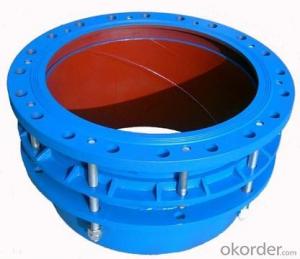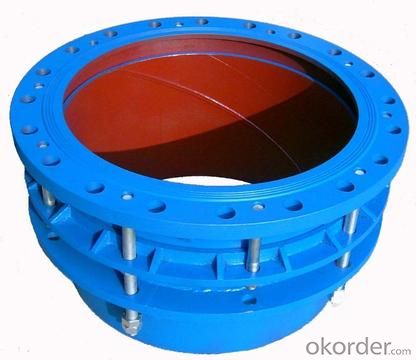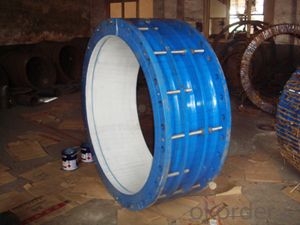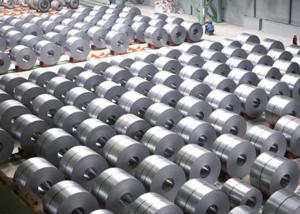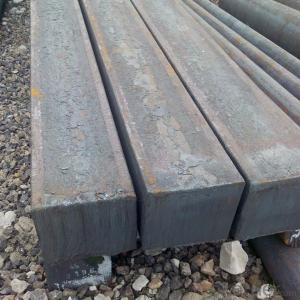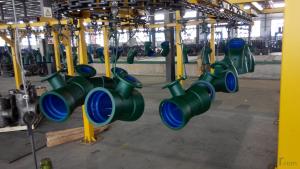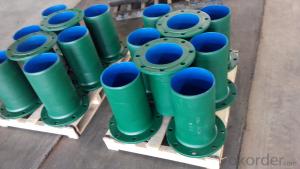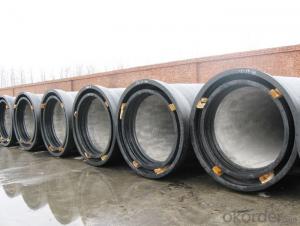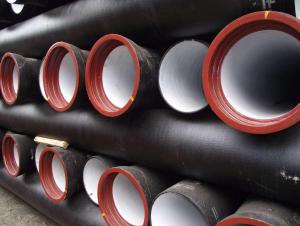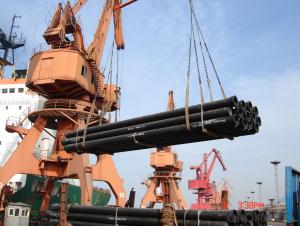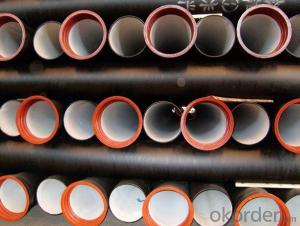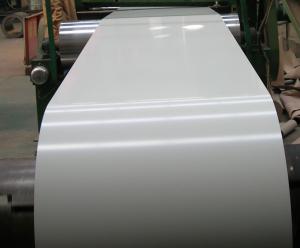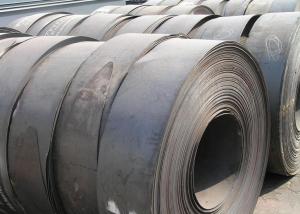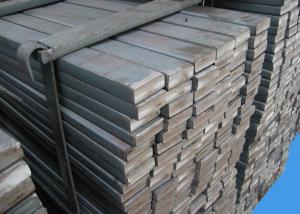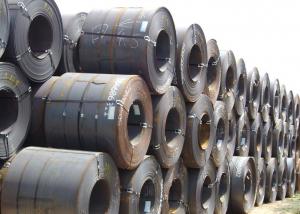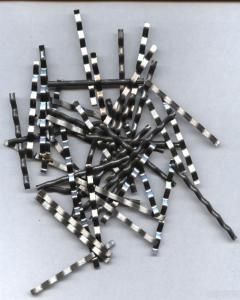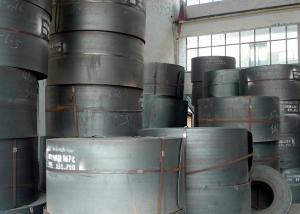DI FITTING ISO2531 EN545 EN598, Material,Ductile Iron
- Loading Port:
- Tianjin
- Payment Terms:
- TT OR LC
- Min Order Qty:
- 100 kg
- Supply Capability:
- 10000 kg/month
OKorder Service Pledge
OKorder Financial Service
You Might Also Like
1. Material: Ductile Iron
2. Size range: DN50-400mm
3. Gaskets :EPDM/NBR
4. Coating: epoxy in blue,black or red.
5. Dimensions and testing in accordance with BS EN12842
6. Packing: standard Wooden pallets or cases.
Specifications for ductile iron pipe fittings for PVC pipes
| Body Material | ductile iron GGG500-7 in accordance with ISO1083 |
| Gasket | rubber EPDM/NBR/SBR in accordance with 681.1 |
| Working pressure | 16 bar or 250 PSI |
| Fluid temperature | 0°c-50°c, excluding frost |
| Outside coating | Fusion bonded epoxy coating, 250 micron in thickness |
| Inside Lining | Fusiong bonded epoxy coating |
The reason to choose us:
1. Professional :
We have rich experience in produce pipe and pipe fitting for many years, we are first class manufacture in China
2. Best Price :
Give our customer most favorable price while providing the highest quality product.
3. Best Service :
Engaged in exporting for many years, we will give the perfect solution for any feedback from our customer.
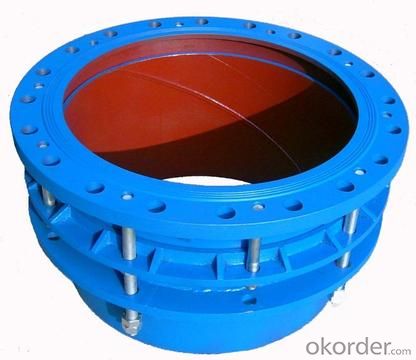
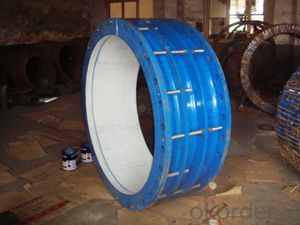
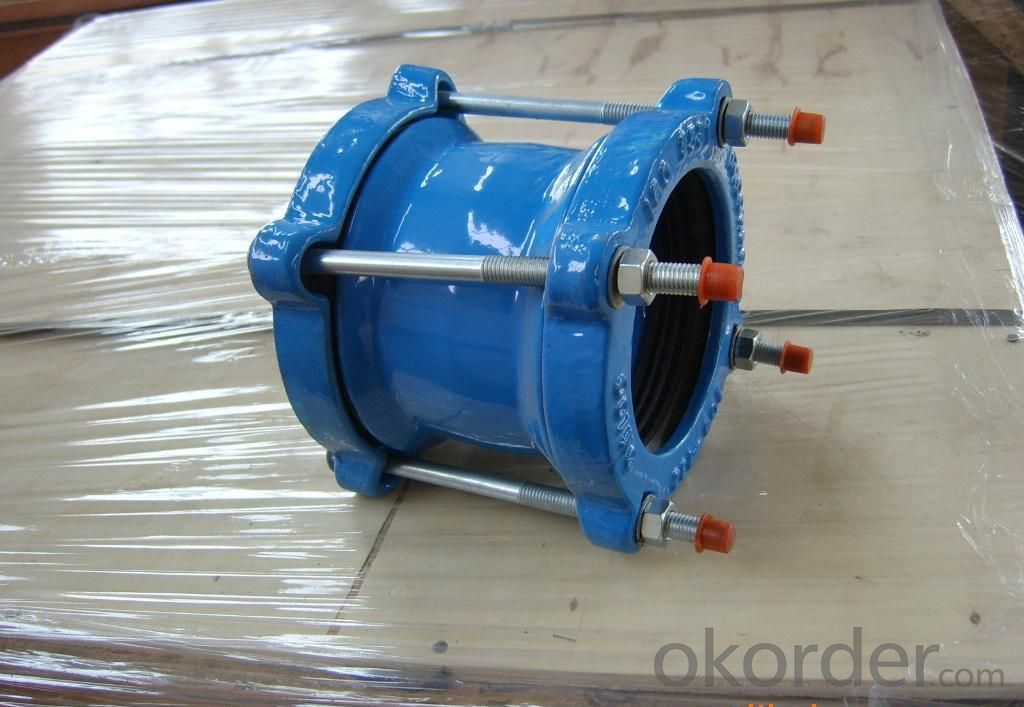
CNBM International Corporation (CNBM International) is the most important trading platform of CNBM Group Corporation, a state-owned company under the direct supervision of State-owned Assets Supervision and Administration Commission of the State Council.
CNBM International is highly recognized by its business partners and clients all over the world and has obtained rapid development under the spirit of win-win. We will carry on the mutual beneficial, innovative and revolutionary trading structure as we did before, create value for our employees, share holders and clients and benefit the whole society in our future development.
- Q: What are the different types of steel storage racks?
- There are several different types of steel storage racks, including pallet racks, cantilever racks, drive-in racks, push-back racks, and flow racks. Each type is designed for specific storage needs and offers unique benefits and features.
- Q: What are the factors to consider when selecting the appropriate steel grade for welding?
- There are several factors to consider when selecting the appropriate steel grade for welding. Firstly, the intended application and the specific requirements of the project should be taken into account. This includes factors such as the desired strength, corrosion resistance, and toughness of the welded joint. Additionally, the welding process itself plays a crucial role in the selection of steel grade. Different steel grades may have varying weldability and may require specific pre- and post-weld heat treatments. Furthermore, factors like cost, availability, and compatibility with other materials being used in the project should also be considered. Ultimately, a thorough understanding of these factors will help in choosing the most suitable steel grade for welding.
- Q: How does steel reinforcement work in concrete structures?
- Steel reinforcement works in concrete structures by enhancing the overall strength and durability of the concrete. It consists of steel bars or mesh that are embedded within the concrete to provide tensile strength, which is lacking in concrete alone. When subjected to tension, the concrete tends to crack or fail, but the steel reinforcement helps to distribute and resist these forces, preventing the cracks from propagating. This combination of concrete and steel reinforcement creates a composite material that can withstand a wide range of loads and environmental conditions, ensuring the structural integrity and longevity of the concrete structure.
- Q: How is steel used in the manufacturing of elevators and escalators?
- Steel is used extensively in the manufacturing of elevators and escalators due to its strength, durability, and ability to withstand heavy loads. It is commonly used for the framework, support structures, and guide rails, ensuring the safety and stability of these transportation systems. Additionally, steel is also used for the construction of doors, panels, and other components, providing a robust and reliable solution for the manufacturing of elevators and escalators.
- Q: How is steel used in the construction of hospitals and healthcare facilities?
- Steel is commonly used in the construction of hospitals and healthcare facilities due to its strength, durability, and versatility. It is used for structural purposes, such as framing and support systems, as well as for roofing, cladding, and interior finishes. Steel's ability to withstand extreme loads and seismic forces ensures the safety and longevity of these critical facilities. Additionally, steel's non-combustible nature makes it a preferred choice, especially in areas where fire safety is crucial.
- Q: How is steel used in the production of storage tanks and containers?
- Steel is commonly used in the production of storage tanks and containers due to its strength, durability, and resistance to corrosion. It is used to construct the shells and structural components of the tanks, providing a reliable and long-lasting solution for storing various liquids and gases. Additionally, steel can be easily fabricated and welded, allowing for customization and efficient manufacturing processes.
- Q: How do steel products contribute to the construction of theme-based water parks?
- Steel products play a crucial role in the construction of theme-based water parks. They are used in various structural and architectural components, such as roller coaster tracks, water slides, support beams, and framework for buildings and attractions. The strength and durability of steel ensure the safety and stability of these structures, allowing for thrilling rides and unique water features. Additionally, steel can be shaped and molded into intricate designs, enhancing the aesthetic appeal of the park and creating a visually captivating experience for visitors.
- Q: What are the factors to consider while selecting steel products for a specific application?
- When selecting steel products for a specific application, there are several factors to consider. These include the required strength and durability, corrosion resistance, cost, availability, and the specific conditions and environment in which the steel will be used. Additionally, factors such as the required shape, size, and weight of the steel product, as well as any special properties or certifications needed for the application, should also be taken into account.
- Q: What are the different types of steel tanks and their applications in the food processing industry?
- There are several types of steel tanks used in the food processing industry, including stainless steel tanks, carbon steel tanks, and food-grade epoxy-coated steel tanks. Stainless steel tanks are commonly used for storing and processing food products due to their corrosion resistance, easy cleaning, and durability. Carbon steel tanks are often used for bulk storage of ingredients and raw materials, as they are cost-effective and can handle high capacities. Food-grade epoxy-coated steel tanks are suitable for storing acidic or corrosive food products, as the coating provides an additional layer of protection. Overall, these different types of steel tanks serve various purposes in the food processing industry, ensuring the safe and efficient storage and processing of food products.
- Q: How is steel tubing manufactured?
- Steel tubing is manufactured through a process called tube making, which involves various steps such as heating, welding, and shaping steel strips or plates into a cylindrical form. These strips are first heated and then passed through a series of rollers to form a continuous tube. The edges are then welded together, and the tube is further shaped and sized using additional rollers. Finally, the tube is cut to the desired length and undergoes various finishing processes to meet the required specifications and quality standards.
Send your message to us
DI FITTING ISO2531 EN545 EN598, Material,Ductile Iron
- Loading Port:
- Tianjin
- Payment Terms:
- TT OR LC
- Min Order Qty:
- 100 kg
- Supply Capability:
- 10000 kg/month
OKorder Service Pledge
OKorder Financial Service
Similar products
Hot products
Hot Searches
Related keywords
